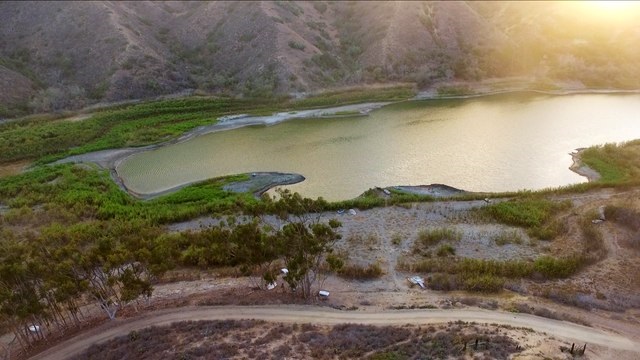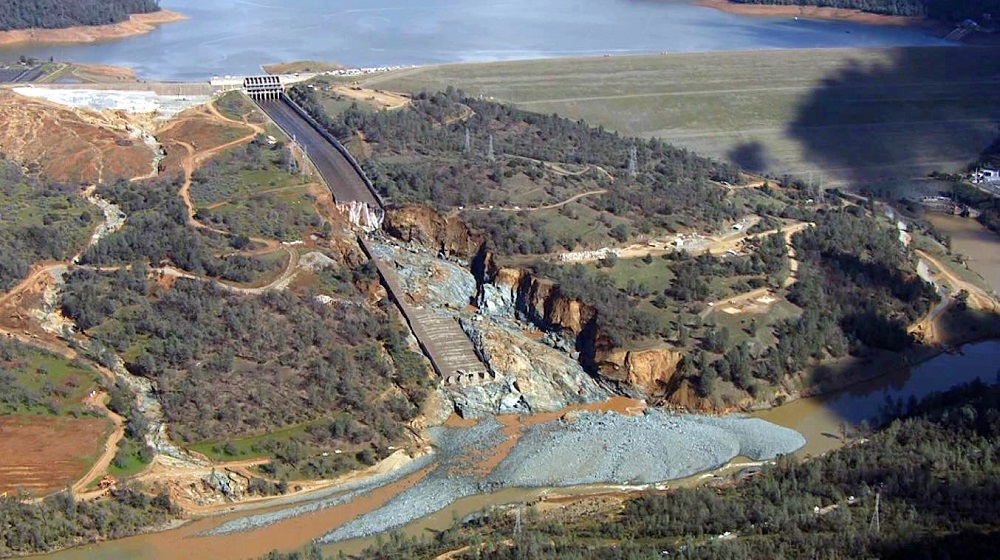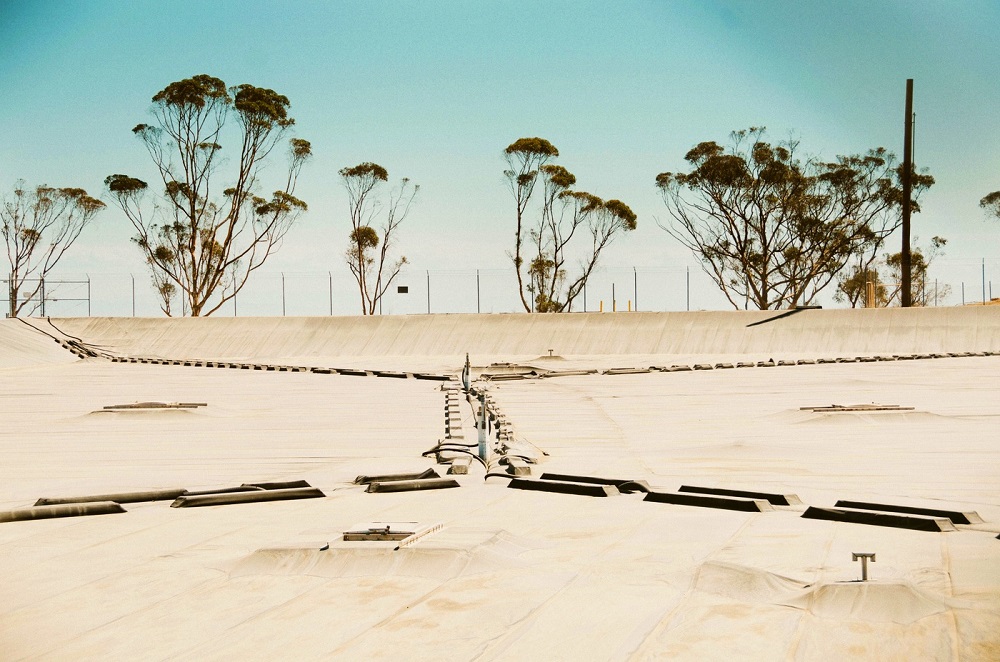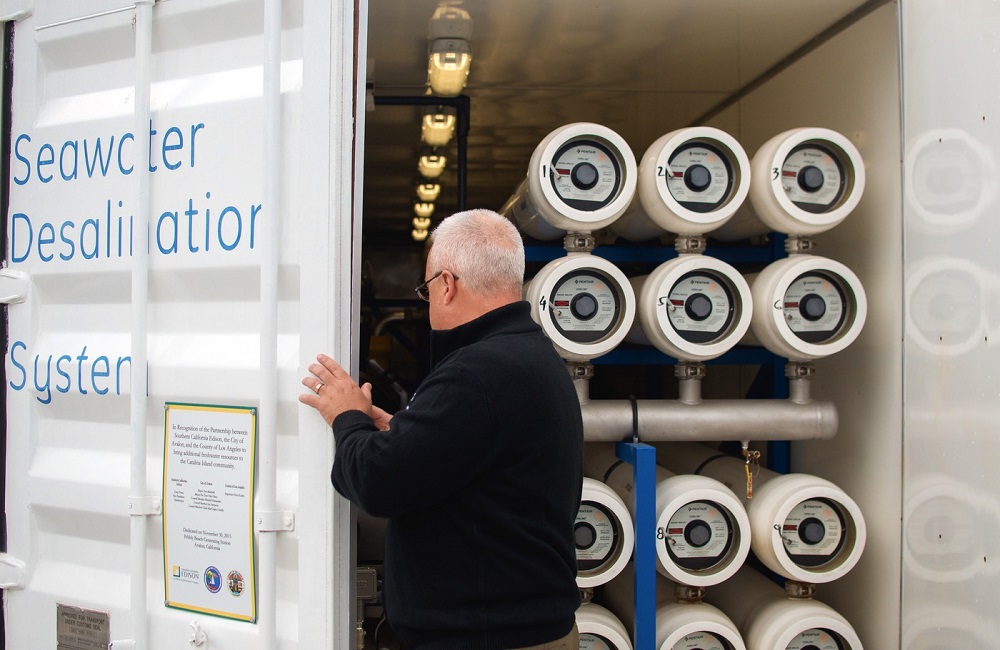From Sportfishing
Fish Report for 3-13-2017

California's Catalina Island copes with drought
3-13-2017
Alex Krowiak
Walking south along the coast of Catalina Island, the noises of bustling tourists and the crashing Pacific waves quickly give way to a steady whir. This is the sound of Southern California Edison’s energy plant that not only powers the entire island, but also provides it with potable water through its desalination system.
“These are our workhorses,” says Ron Hite, the manager of SCE’s Catalina district, as he points to the diesel engines that power both the island and the desalination plant. “They’re what allow us to produce 200,000 gallons [760,000 liters] of clean freshwater a day.” Hite and his team have helped the community here adapt to the challenges of drought on an island.
Catalina Island, which sits about 20 miles (32km) south and west of Los Angeles, has faced a drought like the rest of Southern California over the last five years. But unlike many mainland communities that are able to siphon freshwater from the Sierra Nevada and the Colorado River, the island is unique in its isolation.
The community relies primarily on Middle Ranch Reservoir, fed by groundwater in the interior of the island. Over the past five years, the reservoir has become increasingly depleted, sinking as low as 121 acre-feet (150,000 cubic meters), around 10 percent of its maximum capacity. Without this reservoir or the alternate sourcing options inter- and intra-state aqueducts provide on the mainland, the island has begun to depend on a combination of conservation, established through a mandatory conservation order that has been as high as 50 percent for some people, and desalination, provided by Edison’s island plants.
The mandatory water rationing has drastically changed the behaviors of the community and dramatically strained businesses in a tourist-dependent town. Within Avalon, catchment system rain barrels and bottled water have become significantly more commonplace to support both the 3,700 residents and the 700,000 tourists that visit the island annually. Restaurants no longer serve tap water, and patrons are forced to buy bottled water.
“We’ve had to cut use in as many places as possible … cutting down on shower time, limiting the amount of laundry we do, even using ocean water in some cases like rinsing [wetsuits and snorkeling] gear where the saltwater can be used,” says Kate Powell, who leads snorkel groups at one of the island’s outdoor education facilities.
These restrictions haven’t been limited to Avalon, the island’s only town, either. While most of the native flora and fauna have proved relatively resilient because of their adaptations to drought, some introduced species are struggling. The island’s herd of American bison, introduced for the filming of a movie in 1924, has required the help of land trust workers from the Catalina Island Conservancy. They fill water troughs for the animals, adding to the island’s already constrained water ration.
“Stage III water restrictions have forced us to significantly cut back our water usage… we need to be creative in our water sourcing to make sure that we can continue providing water to these animals,” says Laura Roll, a hydrologist for the conservancy.
The surrounding sea seems like the obvious silver bullet for these challenges. While examining the inner workings of the desalination plant, however, Hite discusses its tradeoffs. With heavy state regulations, the environmental impacts are seemingly minimal – the inflow must be drawn through saltwater wells so as to prevent the uptake of any “biology,” and teams of scientists and divers monitor the impact of the briny outflow “about every three years.”
“The real impact,” he says, “is the cost of the energy to pump this water to 1,000 pounds per square inch through [the reverse osmosis membranes]. To give you an idea, an average house will use between 2 and 3 kilowatts, whereas this plant is going to need about 300 kilowatts.” This is costly to the community economically as well as environmentally.
Catalina’s challenges are Southern California’s roadmap; the state should look to the secluded Channel Island as a harbinger of things to come. Although the state has recently been graced with a deluge of rain, periodic drought is a reality in California, and scientists agree that climate change will continue to exacerbate the effects of drought along the coast.
As sources like the Colorado River and Sierra Nevada snowpack become more and more contested, large cities like Los Angeles, San Diego and their surrounding communities may need to rely more heavily upon water conservation and energy-guzzling seawater desalination, looking increasingly like the small island town of Avalon.
Photos
< Previous Report Next Report >
More Reports
Yolo Bypass: The Inland Sea of Sacramento
Sacramento River
3-11-2017
LAND OR SEA? The recent rains early this year brought much-needed relief from the five-year drought in California. Reservoirs are full,...... Read More

3-8-2017
CALIFORNIA WATER OFFICIALS had another tool at their disposal to help empty Lake Oroville before damages to the spillway led to...... Read More

Website Hosting and Design provided by TECK.net




